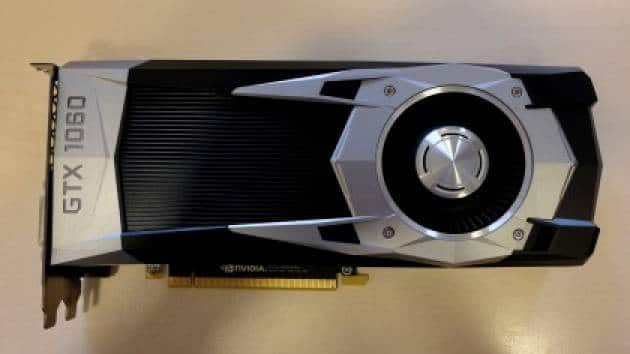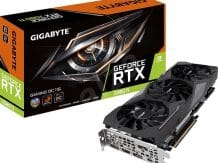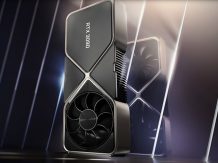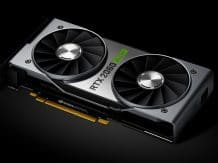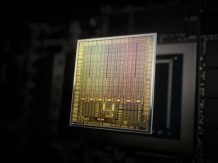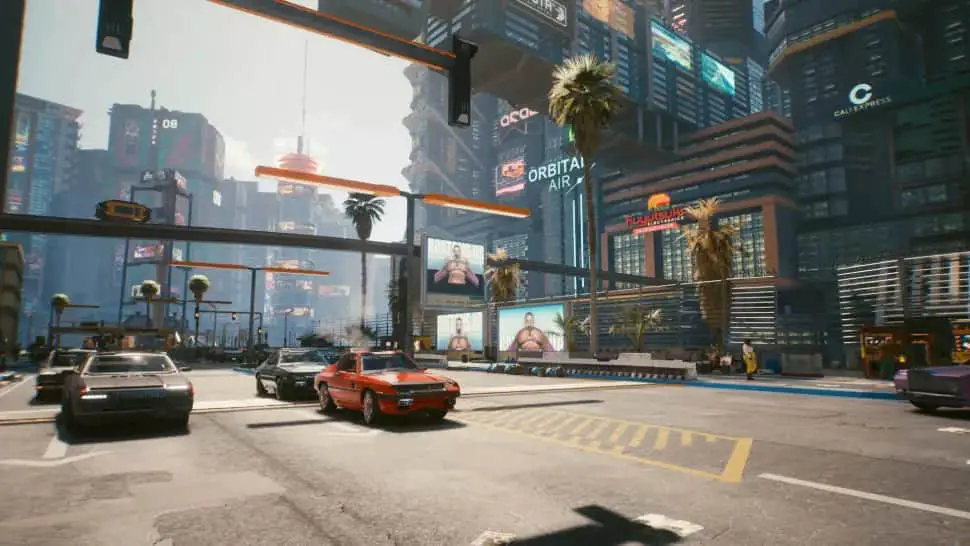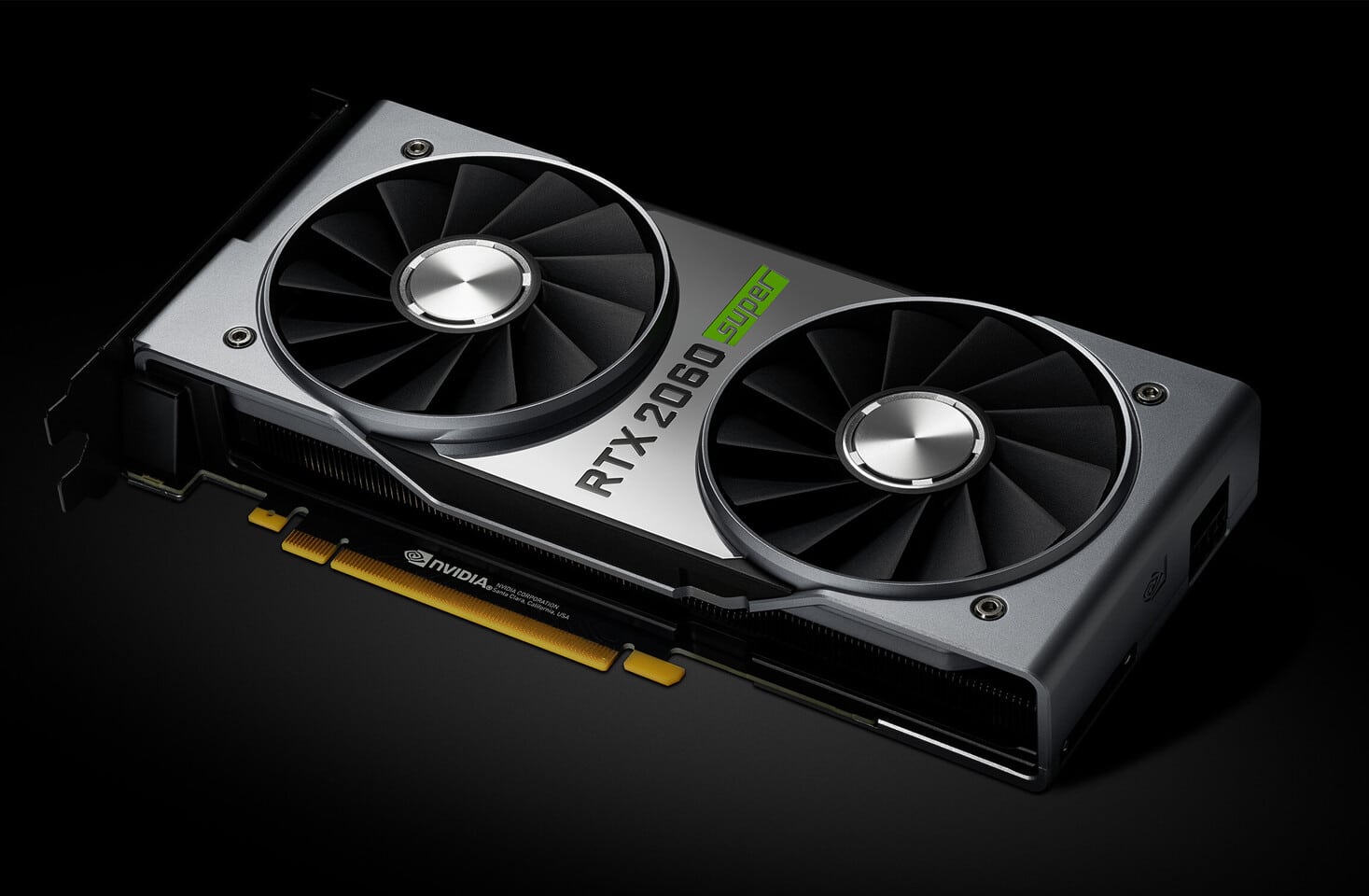Nvidia GeForce GTX 1060 review
–
Oh, these are fun times for PC fans. This year saw a breakthrough in processor manufacturing, the biggest performance improvement since Intel launched 32nm Nehalem processors back in 2009.
Let’s just take a step back and analyze the situation for a second. In the past 12 months we’ve seen the Z170 chipset, Skylake, Broadwell-E, Pascal GTX 1080 and 1070, AMD Polaris RX 480, and now finally a response from Nvidia, a proud mid-range graphics card, the new GTX 1060.
Advantages
- Brilliant 1080p performance
- Solid performance at 1440r;
- Great overclocking potential;
Disadvantages
- No SLI compatibility;
- Basic edition cost;
Let’s face the facts. Regardless of how you look at new graphics cards, AMD and Nvidia’s arsenals compete for the mid-range. Flagships define a manufacturer’s prestige, but it’s the midrange that wins the war. And the new GTX 1060 is at the top of our list of best graphics cards.
AMD’s RX 480 graphics cards currently dominate this part of the market. AMD’s latest graphics card is aggressively priced and sits comfortably between the GTX 970 and GTX 980 in terms of performance. But is the bargain price enough to stop the performance wave the new GTX 1060 is driving?
Pricing for the latest video card from Nvidia starts at $ 249 abroad, which translates into 16,000 rubles in Russia. An example of the pricing for the GTX 1060 series cards can be found in the announcement below.
—
Energy Pascal
So what do we know about the new mid-range titanium graphics cards? Well, the graphics card is still based on the 16nm FinFET Pascal manufacturing process, albeit on a Gp106 processor as opposed to the GTX 1080 and 1070 which use the GP104.
The graphics card comes in 6GB or 3GB models, with a standard 8GB / s bandwidth over a 192-bit bus, the GeForce GTX 1060 boasts 1280 CUDA cores, 80 texture units, and 48 ROPs. The transistor count has grown to 1.46 billion, the TDP is 120W and the base clock (before GPU Boost) is 1708 MHz, it seems we have found a winner.
Hold on for a second …
A review of the Nvidia GeForce GTX 1060 showed that the situation is not so cloudless. There is one problem, in particular, it is called SLI. And while you are discovering the beautiful design from Nvidia, we were struck by the absence of the usual SLI contacts at the top of the card.
Now, admittedly, SLI isn’t a reason to ditch a graphics card, especially for its price tag. Still, for those looking to boost graphics performance in a year, the harsh lack of an SLI bridge, despite DX12 support and the nifty MDA or LDA technology, doesn’t seem to make things right.

This brings us to a conundrum when it comes to exactly how you will upgrade your computer. Historically, we have always recommended (if you buy graphics cards for an extended period) to buy a more powerful graphics card, and not the first two of the budget range. SLI is a great help when the technology works, but this is our stumbling block. Not all games support an SLI profile at launch, so technology isn’t a compelling argument in the long run.
However, if you want to buy an additional graphics card of the same model when the price drops or a new generation of flagship graphics cards are released, that simply won’t be possible with the 1060. An alternative to this puzzle is choosing the more advanced GTX 1070, which retains the SLI pins if they are for you very much needed.
Or perhaps you could opt for the RX 480 from AMD, which will cost you a little less, and the performance is somewhere between the GTX 980 and the 970.
Performance and features
So SLI is out of the window. But how does the GTX 1060 handle on its own? According to Nvidia’s claims, the GTX 1060 could outperform the prestigious GTX 980. And in our benchmarks, we are proudly and loudly declaring “Yes!” For the review, we got the Nvidia GeForce GTX 1060 6GB Founder Edition, which performed impressively in the lab.
Right from the start, this little girl showed an impressive clock speed of 1911 MHz, thanks to GPU Boost 2.0, 203 MHz above Nvidia’s modest estimate. In our 1080p testing, we hit an average frame rate of 36-38 in Total War: Attila, Rise of the Tomb Raider, and Ashes of the Singularity, while Far Cry Primal and The Division hit over 60fps.
The GeForce GTX 980, on the other hand, scored slightly higher average scores at the same resolution, delivering a respectable 38-41 FPS in Total War, Tomb Raider and Ashes, as well as similar results in Division and Far Cry Primal.

Quadruple damage
At 1440p, benchmarks told one story for the GTX 980 and 1060. Division and Far Cry Primal achieved 45 and 41 FPS respectively, and we also recorded 23 to 30 fps in Total War: Attila, Rise of the Tomb Raider and Ashes of the Singularity with DX12.

It is important to note that all the games in the tests were played at the maximum graphics settings possible. Attila is renowned for being a particularly graphically intense game, alongside Rise of the Tomb Raider. Add to that the low power consumption of 225W versus the GTX 980’s 237W, almost an absolute win. Nearly.
Overclocking and temperatures
So, the Founder Edition uses a traditional cooling style. However, here we have a slightly truncated version of the more prestigious versions of GTX 1070+ graphics cards. Although, at least it’s not just a black card like on previous models. Cooling is quiet even under high loads, much better than that of competitors, and maintains a low temperature of the video card, which also allows you to unscrew the clock frequencies of the video card without unnecessary nerves.
With a 120W TDP of the graphics card and one six-pin connection, overall overclocking remains simple and affordable. Shockingly, as the other GTX 1060 peers in the Pascal architecture make overclocking a hell of an overlocker.

With an increase in voltage up to 50%, we got an increase of 250 MHz for the GPU and 325 MHz for the memory, the final numbers were 2151 MHz for the core and 8664 MHz for the memory. Considering that the market is already flooded with aftermarket cards, it is likely that we will see an increase in GPU Boost, although the figures are already incredibly high relative to the previous generation.
If Pascal has shown us anything, it is getting closer to the 2 GHz mark for GPUs on a consistent basis, of course for the green team. Overall, the card raises the bar for FireStrike benchmark scores to an immodest 1100 points, which is the equivalent of an Intel Core i3 upgrade to a Core i5, as well as an average between 1070 and 1080. Is this a huge performance boost? Not too much, you might expect an extra 4-5 frames per second depending on the game, but free performance is free, so why not?
Summing up …
Ultimately, the GeForce GTX 1060 is an incredible graphics card, and when it comes to price-performance ratio, this is one of the best Nvidia solutions we’ve seen. And while AMD’s RX 480 ratios are better, it is positioned a notch higher in the market than its 14nm competitors.
We liked: GTX 1060 graphics card comes with features like Ansel, Simultaneous Multi-Projection and Nvidia VR Works. Add that to the impressive performance-per-watt upgrade, you have an amazing price tag and solid overclocking to make Nvidia a winner.
We didn’t likeA: If you evaluate the GPU and architecture separately, the video card is exceptional, unfortunately we are a little disappointed with the price of the Founder Edition and the lack of SLI compatibility.
Final thoughts
The most fantastic feature of this video card is the performance boost. A manufacturing process around 20nm has proven to be a win-win in an era where Intel continues to shrink its systems. The lack of SLI is a problem for those looking to double the performance in the future, although the solution is understandable and helps keep the cost of the graphics card down.
As usual, the Founder Edition still comes at a high price, but the cooling is great, it looks pretty stylish, and overall the card is perfect for high-end 1080p gaming. If you’re using Kepler series cards, the new GTX 1060 might be the perfect upgrade.
8
Overall Score
Verdict:
The switch from Maxwell to Pascal is exceptional. The GTX 1080 delivers a 50% boost in treble over the previous generation equivalent graphics card, and the same can be said of the GTX 1060. It’s cool, quiet and all-round great graphics card in its price range.




